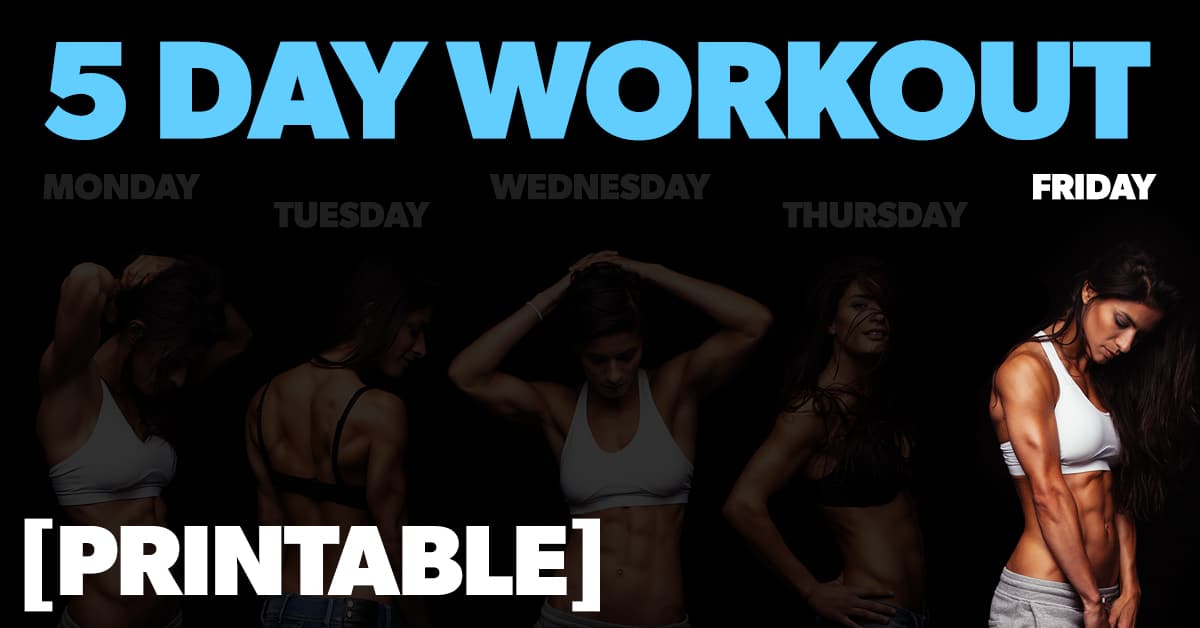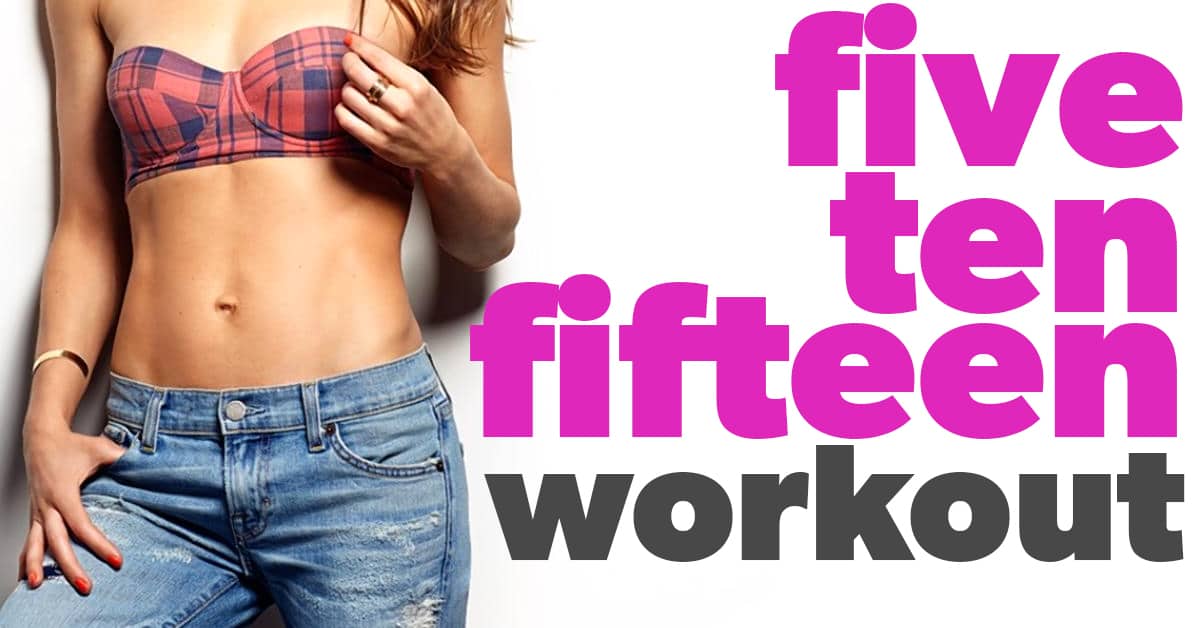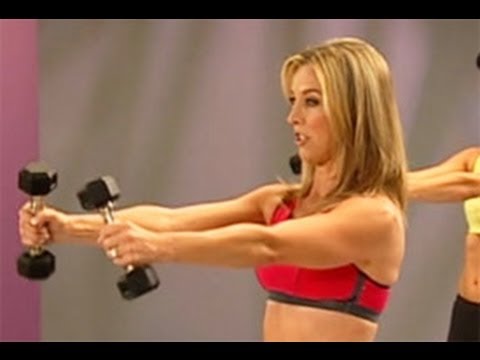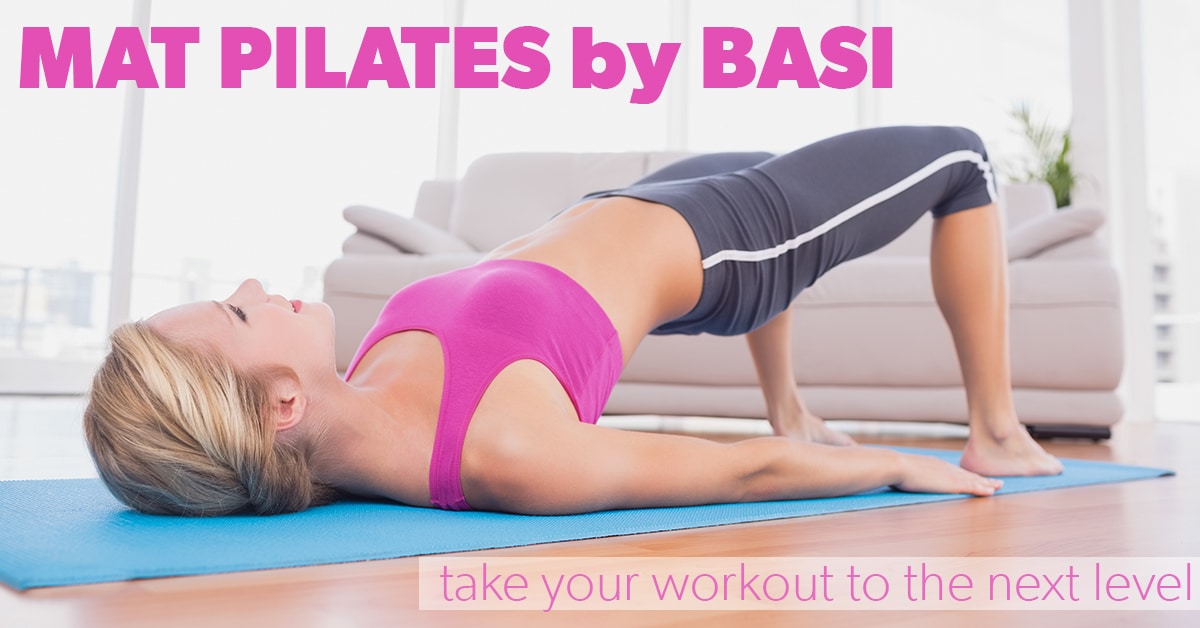If you are a person who longs to hit the gym after a hard day at work, or after a good night’s sleep, your body and mind might be eager to jump straight into the workout regimen and start pumping iron.
But, doesn’t it seem like you’re missing an integral step?
Yes. Your pre-workout stretches.
Pre-workout stretches are something that should not be overlooked. Stretching before any intensive physical activity has proven to have a plethora of benefits.
If you are a person who skips pre-workout stretches, we bring you this article to explain their importance, and 7 must-do pre-workout stretches to help you kickstart your workout drill. That said, if you’re looking for motivation to get to the gym why not check out our blog ‘5 Ways To Motivate Yourself To Go To The Gym’
The Importance of Pre-Workout Stretches
If you are a person unaware of workout stretches thinking they are a waste of time or an inconvenience, let us discuss the importance of pre-workout stretches.
We human beings are social animals that tend to stay active and mobile. Thanks to our sedentary work and lifestyle we tend to stay dormant throughout the day. This puts our body in a state of rigor, otherwise known as muscle stiffness.
Even though you might be aching to jump on the machine or grab a barbell or dumbbell to get active, your muscles need to be jogged before you can start working out. Not just warming up your muscles, stretching before your workout has a lot of additional benefits that aid your workout protocol.
Pre-workout stretches help the muscles warm up before lifting heavy weights, which in turn can prevent muscle aches, strain, or injury caused by muscle stiffness.
It helps loosen the muscles and increases the range of motion, flexibility, and mobility of the joints.
Pre-workout stretches awaken your body, providing you with better posture and balance.
All of these greatly help enhance your performance and enable you to make the most of your workout.
Static vs. Dynamic Stretching
“Should I stretch before or after my workout? If so, what type of stretches should I focus on?” This common question has been revolving around over time.
There are two types of stretching: Static and Dynamic. Both types of stretching are important and they serve a purpose.
Static stretching involves holding and stretching a particular muscle group for a few seconds. This method of stretching is usually administered after workout sessions as it helps the muscles relax and cool down. As a result, it prevents muscle soreness and aids in muscle recovery.
Dynamic stretches are the perfect warm-up activity to start before your workout. It involves moving and flexing your joints and muscles to achieve a complete range of motion. This helps improve your agility and mobility and makes your workout regime less stressful. Dynamic stretches are usually done in reps of 10-30, but unlike your usual workout regimen, they are of lesser intensity.
Static stretching lowers the performance of your muscles and tires them out to aid in recovery. So, Dynamic stretches are clinically recommended before your workout session rather than static stretching.
Prerequisite Before Stretches
You can right away jump in and start your pre-workout stretches, it would be better to follow these prerequisites for an effective stretch.
- Remember to take deep breaths. Though breathing is very simple, we often tend to overlook it. Consciously breathing in and breathing out expands your lungs and fills them with oxygen. This gives you more energy by diverting more oxygen into your bloodstream and helps the muscles expand.
- Start your stretches slowly and steadily. Once you get to your rhythm, you can then turn up the intensity and rep range of the stretches.
- The pre-workout stretches do not cause any aches and pains. However, if you feel discomfort, try turning down your intensity and focusing more on mobility. Also, remember not to stretch too fast or stretch too much.
- Once you upscale your experience level, you can improve your reps or perform higher difficulty level variations.
7 Must-Do Pre-Workout Stretches
An all-around pre-workout stretch completely engages and mobilizes your body, making it easy for you to push your limits. Even 10 to 15 mins warm-up dynamic stretches can have an amazing effect on your performance.
1. Jumping Jacks
This exercise always makes its way into every pre-workout stretch list. Jumping Jacks are one of the most effective cardiovascular exercises you can do to engage your whole body and increase your range of motion and flexibility.
How to Do It
- Start by placing both your feet together on the ground and both your arms close to your thighs in the neutral position.
- Then, as you jump, stretch your legs to your shoulder-width and simultaneously take your arms laterally upward, where you touch your hands together above your head.
- Now, jump and bring your arms back to the starting position and alternate them.
- Alternate them in and out for 10-30 reps depending on your experience level.
Areas Targeted
- Quadriceps
- Calves
- Shoulder joints
2. Neck Rotation and Stretches
Neck muscles are very susceptible to stiffness since we often spend a lot of time keeping our heads inactive.
How to Do It
- You can perform this stretch either from a standing or sitting position.
- Start by tilting your head forward and bringing your chin close to your chest.
- Then, slowly rotate your neck in the clockwise direction, so that your ears touch close to your shoulder for 5-10 reps.
- Next, rotate your neck for the same rep range in the opposite direction.
- Make sure to keep your shoulders steady and your spine straight as this stretches the neck muscles effectively.
Improvisations
You can improvise this exercise to perform:
- Half Neck Circles: This exercise is a variation of neck circles. Instead of rotating them for 360°, you will rotate them in semi-circles.
- Up and Down Stretches: Lift your head up and see the ceiling, and bring your neck down by touching your chin to your chest.
Areas Targeted
- Neck muscles
- Trapezius
3. Arm Circles
When it comes to working out, preparing your arms is very important. Therefore, stretching them before you work out is a necessity.
How to Do It
- Stand with your feet together planted on the ground and arms stretched out laterally.
- Slowly rotate your arms, so they make a circle by your side.
- Continue this for 10-30 circles.
- Make sure to keep your spine straight, and only let your shoulder joints support you in moving your arms.
- Do the same in the anti-clockwise direction.
Improvisations
- You can also stretch by circling both arms together in clockwise and anticlockwise directions or rotating each arm independently.
- You can improvise this stretch by gradually making bigger circles when your shoulder joints are flexible enough.
Areas Targeted
- Shoulder joints
- Triceps
4. Squats
Squats are one of the best all-around lower body stretches that targets every lower muscle group, and it never skips a pre-workout stretch list.
How to Do It
- Stand with your feet shoulder-width apart. For support, stretch your arms in front of you to shoulder level
- Now, tighten your abdomen muscles and lower your butt as if you are sitting on a chair.
- Do not spread your knees outward or push your knees in front of your toes when you sit.
- Only lower your butt and make sure your knees are in line with your toes until you feel a light stretch in your glutes, hamstrings, and your calves.
- Stand back up to the starting position and repeat for 8-10 counts.
Improvisations
You can improvise this exercise by turning ordinary squats into:
- Jump squats: Squat down and then use your calves and glutes to explosively jump up.
- Sumo squats: Squat by spreading your feet wide out and toes pointing outward.
- Pistol squats: Squat down using only one leg and keeping the other leg stretched in front of you.
Areas Targeted
- Glutes
- Hamstrings
- Calves
- Quadriceps
- Hip Flexor
- Adductor
Also read: 6 Best HIIT Leg and Glute Workout for Maximum Results
5. Opposite Toe Touches
This is also an effective stretch that provides flexibility for your hips, shoulders, torso, and down to your lower body.
How to Do It
- Stand with your feet stretched wide apart and stretch your arms laterally to your shoulder level.
- Bend forward, twist your torso and touch the left toe with your right hand. When you touch your toe, make sure your arms are in a straight line.
- Now, do the opposite and touch your right toe with your left hand.
- Touch your opposite toes alternatively for 8-10 reps.
- Make sure to keep your spine straight, and use only your torso to achieve mobility.
Areas Stretched
- Abdomen muscles
- Shoulders
- Quadriceps
- Hip flexor
- Obliques
6. Lunges
Lunges are also an important pre-workout stretch that focuses on increasing strength in the lower body.
How to Do It
- Stand with your feet together on the ground and your arms by your sides.
- Now, step one foot forward and aim to lower your opposite knee toward the ground until you feel a slight stretch in your glute and calf muscles.
- Now, using the same muscles, get back up to the starting position.
Improvisations
You can improvise this exercise by turning standard lunges into:
- Walking Lunges: Take strides forward alternating the legs and create a walking pattern.
- Weighted Alternate Lunges: Just like the standard lunges but use weights to increase the difficulty.
Areas Targeted
- Glutes
- Quadriceps
- Hamstrings
- Calves
- Calf Raises
Calves are a very integral part that produces power for leg workouts. Calf raises is a great stretching exercise that strengthens your overall lower body and helps you become faster.
How to Do It
- Stand with an upright posture and your feet slightly apart.
- Now, use your calf muscles and your glutes to raise your heel such that your toes are in contact with the floor.
- For better results, drive power from your hips, and then raise your body using your calves.
Improvisations
You can also improvise this exercise by turning calf raises into:
Explosive Calf Raises: Like the standard calf raises, but use the momentum to jump lightly.
Farmer Walks: Stand upright, hold weights in both your arms and walk upright.
Areas Targeted
- Calves
- Quads
- Ankles
Frequently Asked Questions
How long should I do the pre-workout stretches?
Pre-workout stretches don’t have to be intensive like your workout regimen. The main purpose of them is to get your stationary body moving and ready for the workout. Depending on your experience, your pre-workout stretches can range from 10 or 15 minutes to a maximum of 30 minutes.
Should I stretch before or after a workout?
It is clinically recommended to stretch both before and after a workout. Stretching before a workout (i.e dynamic stretching) warms up your body for the workout, whereas stretching after a workout (i.e static stretching) relaxes and aids in better muscle recovery.
What are some pre-workout stretches targeting the lower body?
Squats, lunges, calf raises, leg swings, and mountain climbers all target your lower body and make it ready for an intensive workout.
Wrapping Up
Pre-workout stretches don’t take much of your time. Just a quick 10-15 minute stretch to get you warmed up and your blood pumping can go a long way when it comes to a productive workout.
Pre-workout stretches are an essential part of your workout regimen. If you are not accustomed to pre-workout stretches before your workout, make sure to add them for an efficient and effective workout.
To know the latest in health, fitness, wellness, and diet, subscribe to our free newsletter.






